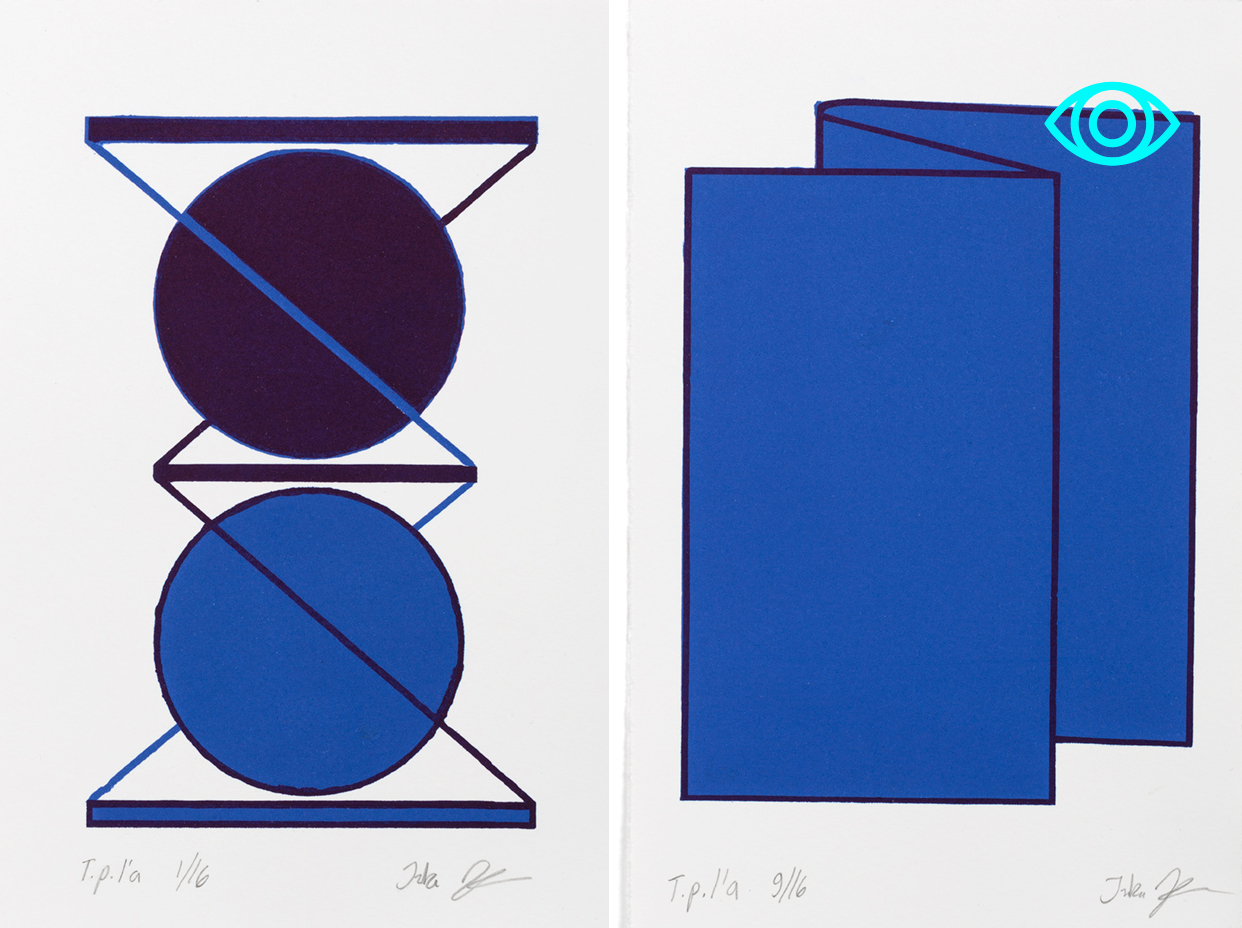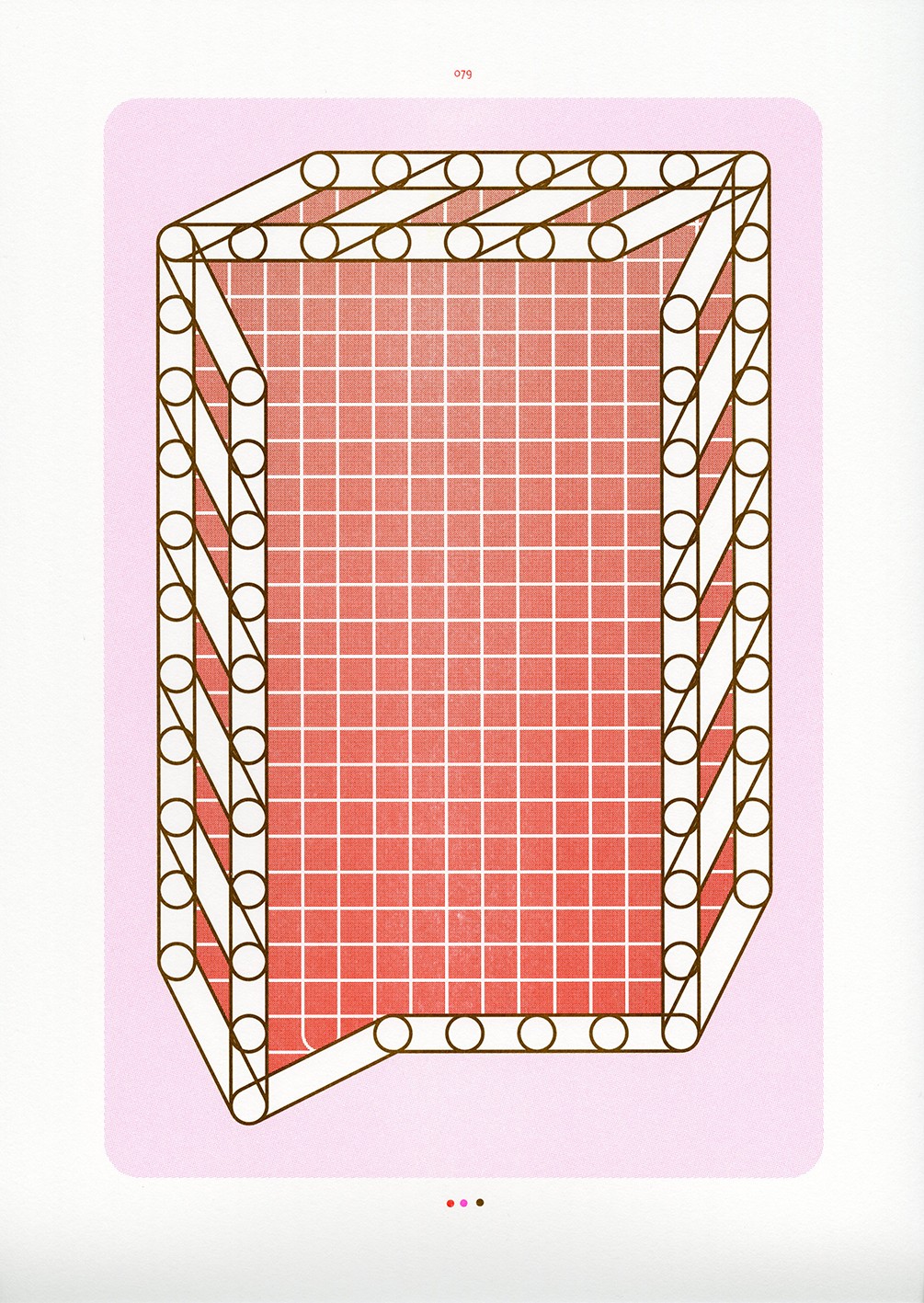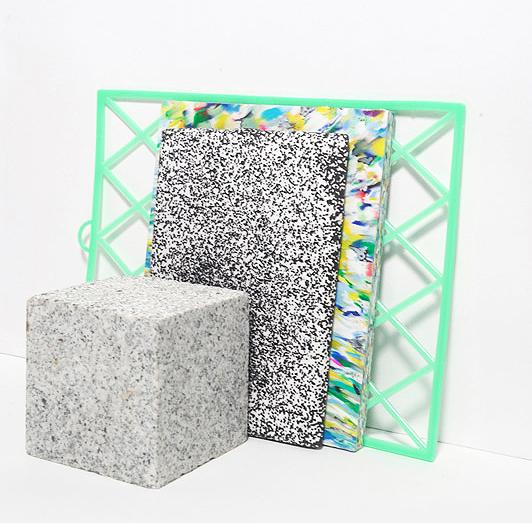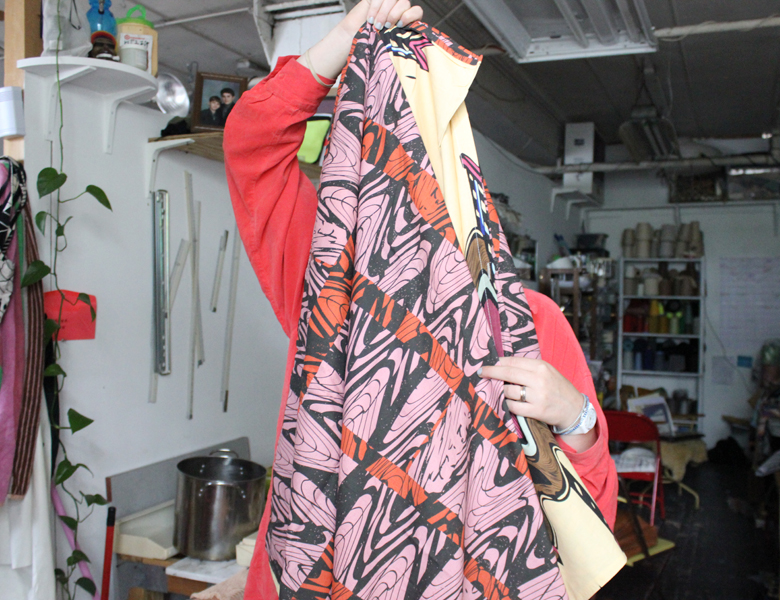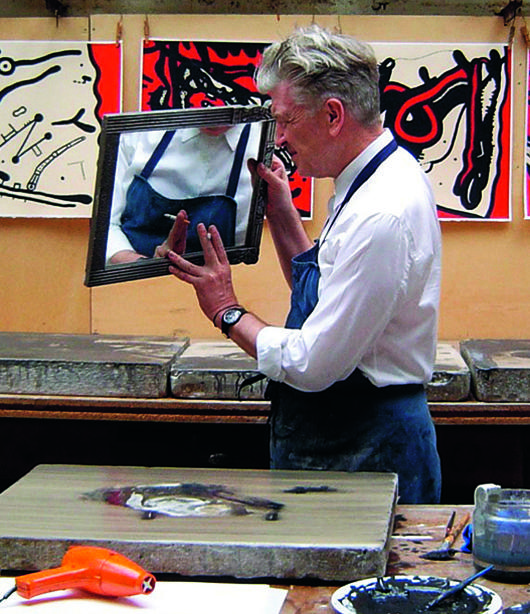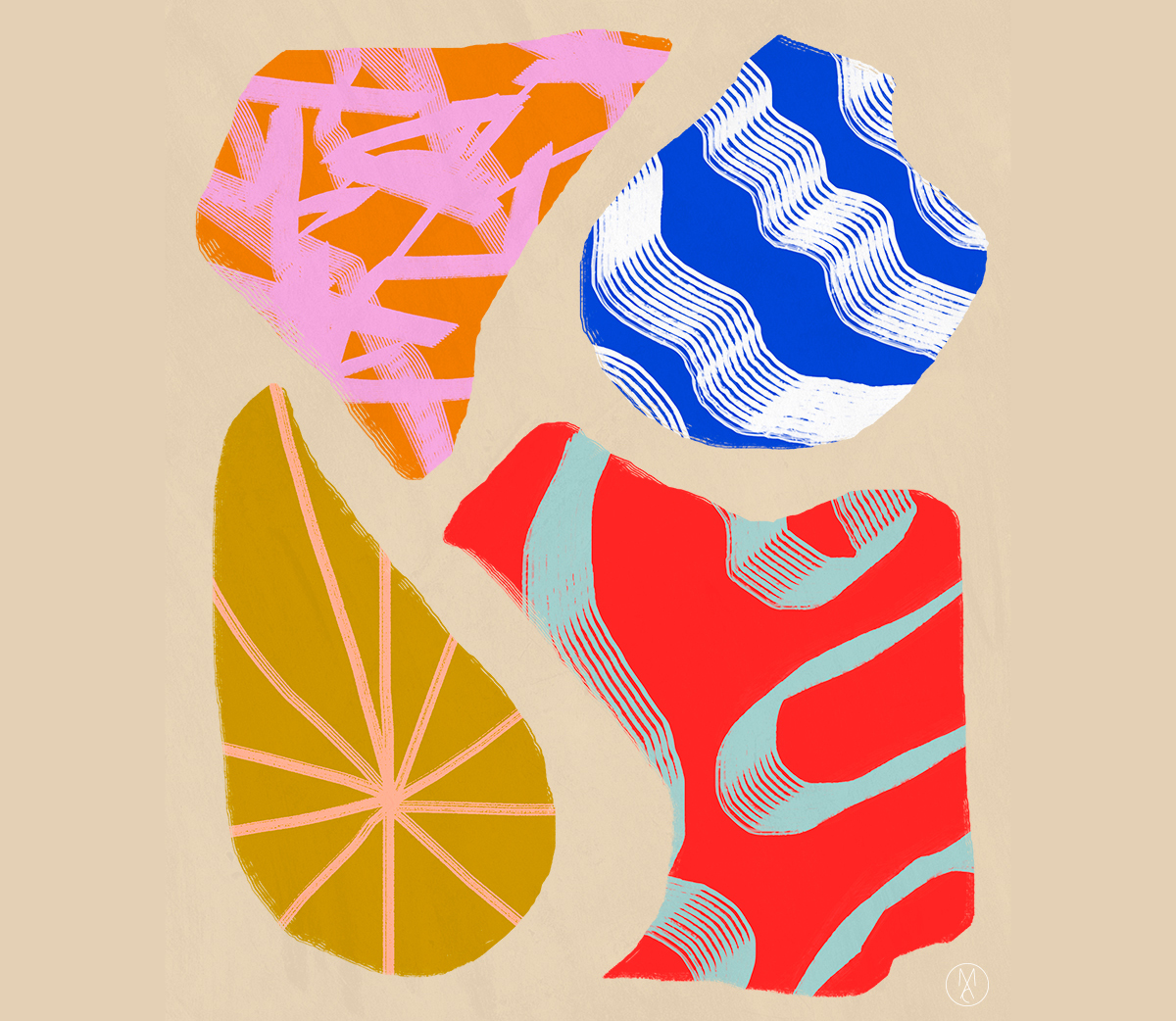
08.15.16
Graphic Design
Matisse-Inspired Prints By a Graphic Designer On the Rise
Much in the way our love for a book is evident in loose binds and worn-out pages, there's a certain value in the way we let beloved things blemish or roughen overtime. The Japanese call this permission of imperfection wabi-sabi — wabi denoting a singular, often uncontrolled uniqueness akin to a flowing streak of paint, and sabi literally meaning "chill" or "withered," which references the beauty of corrosion. Marleigh Culver, a graphic designer at Need Supply by day and visual artist by night, feels a certain kinship with this design approach. "I like sloppy shapes and rough edges, and for my pieces to look like they’ve been moved between houses for generations," Culver says.
